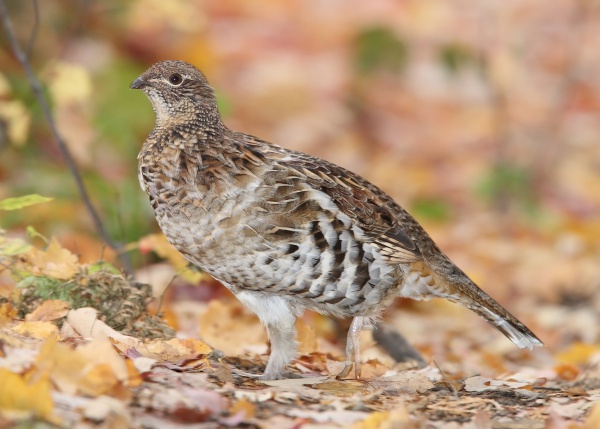Facts About Ruffed grouse
The ruffed grouse is a medium-sized bird that inhabits forests from the Appalachian Mountains across Canada to Alaska. Unlike many avian species, it does not migrate and is the sole representative of its genus, Bonasa. Often misidentified as the grey partridge, the ruffed grouse is celebrated as Pennsylvania's state bird. There are 14 recognized subspecies, which come in two color morphs: grey and brown. They exhibit intriguing behaviors, such as foraging both on the ground and in trees.
Hunting ruffed grouse is a popular activity in the northern and western United States and Canada. Hunters often use shotguns and dogs to track these elusive birds, which rely on their habitat and natural camouflage to avoid capture. The ruffed grouse is known for its distinctive courtship display, known as drumming, and its habit of burrowing under snow to stay warm in winter. Their population follows a perplexing pattern known as the "grouse cycle" which has fascinated scientists for years.
Unfortunately, habitat loss and the West Nile virus have contributed to declining populations in some areas. Despite these challenges, Minnesota remains the leading state for ruffed grouse production in the U.S. These birds exhibit remarkable adaptability in terms of their diet and habitat preferences. Their captivating behaviors, such as drumming and sudden, explosive flight when startled, make them a fascinating subject for study and observation.

 Mexico
Mexico